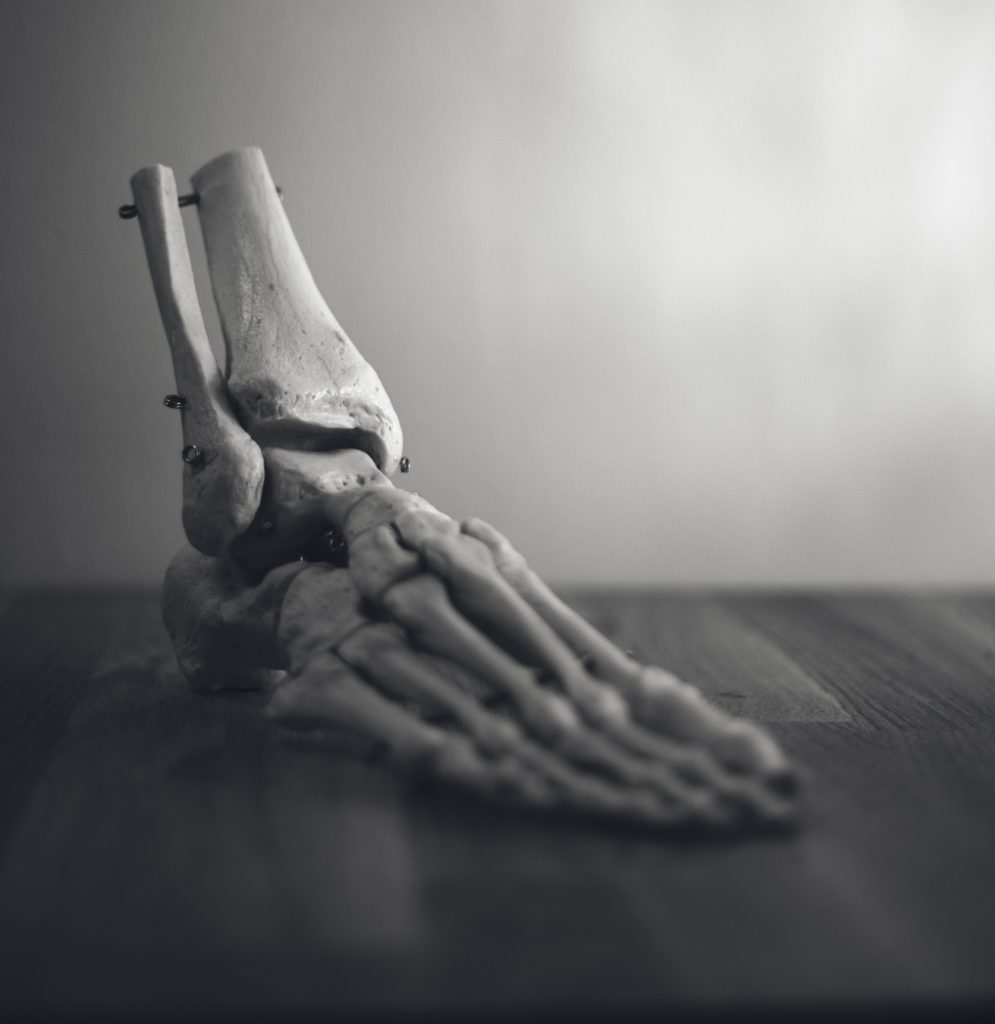Ankle injuries are sore, regardless of their severity. They can make it difficult to put any weight on your foot and may even swell. Depending on how bad the injury is, you might have to give up some of your favourite activities for a while. So, we have developed this guide on how to deal with an ankle injury as well as ankle injury treatment, to ensure that you recover quickly and stronger than ever.
There are different types of ankle injuries, but they all share some common symptoms. These include pain, swelling, bruising, and difficulty moving the ankle. The most common cause of an ankle injury is rolling or twisting the ankle. This can happen when you walk or run on uneven ground, wear high heels, or play sports.
Timing
Generally speaking, most minor ankle injuries heal in 3-6 weeks. However, depending on their severity, more severe injuries can last from 6 weeks to 3 months. It’s important to understand the severity of your ankle injury before deciding on how to deal with an ankle injury.
Immediate Ankle Injury Treatment
When you injure your ankle, there are some steps on how to deal with an ankle injury immediately. We recommend that you follow the RICE protocol. This stands for rest, ice, compression, and elevation.
Rest: Try to avoid putting weight on your ankle as much as possible. This will help reduce the swelling and pain.
Ice: Apply ice to the injured area for 20 minutes at a time, several times a day. This will help reduce swelling and pain.
Compression: Use an elastic bandage or compression sock to compress the injured area. This will also help reduce swelling.
Elevation: Elevate your ankle above heart level to help reduce swelling.
RICE helps to reduce swelling, pain, and inflammation. However, it’s important to see a doctor if the pain is severe or if you can’t put any weight on your foot.
Pain Relief
If the pain is severe, you can take over-the-counter pain medication such as ibuprofen or paracetamol. Whilst this does not deal with the root of the pain, it will help to combat the symptoms and reduce swelling and soreness.
If the pain is still severe after a few days, you should see a doctor. They may prescribe stronger medication or give you a corticosteroid injection to help reduce the pain and inflammation.
Keep it Moving
It is important to move your ankle as much as possible in a pain-free range as much as you can. This helps to keep the joint mobile and prevents stiffness. It also helps to pump fluid from the area, reducing swelling.
Some simple exercises you can do are:
-
Heel slides: Sit on the floor with your leg straight in front of you. Gently slide your heel towards your bum then back again. Repeat 10 times.
-
Toe points: Sit on the floor with your legs straight in front of you. Point your toes forward then back again. Repeat 10 times.
-
Calf raises: Stand with both feet flat on the ground about hip-width apart. Keeping your knees straight, raise onto your toes and hold for a few seconds. Lower back down and repeat 10 times.
-
Resistance bands: Over time, and as your ankle strengthens, you can start to do some exercises with resistance bands. This can help to speed up your recovery time and make your ankle stronger, reducing the likelihood of injury recurring.
Support
You may need to use a support such as a brace, strap, or boot to help stabilise your ankle. This is often the case with more severe injuries where there is ligament damage. It helps to protect the area whilst it heals and also prevents you from re-injuring yourself.
Your doctor or physiotherapist will be able to advise you on what kind of support is best for your injury.
Walk Properly
When recovering from an ankle injury, correct movement is crucial. This means ensuring that your heel hits the ground first, followed by the rest of your foot.
You should also avoid walking on uneven surfaces and be careful when going up and down stairs.
Prevention
An important aspect of recovering from an ankle injury is preventing it from happening again. There are some simple things you can do to reduce your risk of ankle injuries, such as:
-
Wearing supportive shoes that fit well
-
Stretching and strengthening your calf muscles
-
Strengthening exercises to improve the stability of your joint and muscles
If you take the time to properly recover from your ankle injury and follow these prevention tips, you’ll be less likely to experience problems in the future.
Physiotherapy Treatment for Ankle Injury
Physiotherapy can be extremely beneficial in the treatment of ankle injuries. It can help to reduce pain and inflammation, improve the range of motion, and strengthen the muscles and ligaments around the joint.
At Falcon Health, your physiotherapist will design a bespoke treatment plan based on the severity of your injury and your individual needs. They may use a combination of techniques such as massage, ultrasound, exercises, and electrical stimulation.
Will physiotherapy be painful?
Some physiotherapy techniques may cause discomfort, but your physiotherapist will work with you to ensure that your treatment is as comfortable as possible.
If you are interested in seeking physiotherapy or chiropractic care and learning how to deal with an ankle injury, contact our specialists today at 01555 257555 or info@falcon-health.com. We would love to find the best treatment for you and prescribe suitable exercises to ensure that you recover and know how to deal with an ankle injury.
Article: Phoenix Marketing






